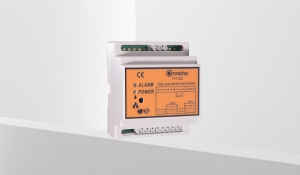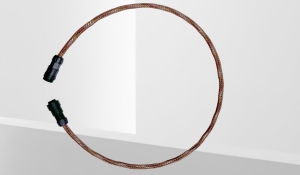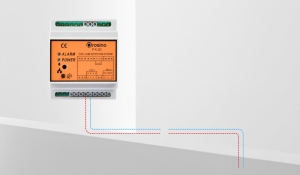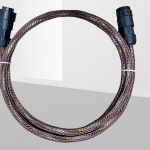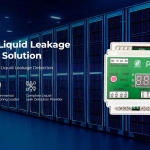Fuel Sensing Cable: A Breakthrough in Facility Safety
- A fuel leak detector is critical in ensuring the safety and security of facilities that handle hydrocarbon or oil products.
- Unlike water leaks, which primarily lead to property damage, fuel leaks pose far more significant risks,including economic losses, fire, and even explosions.
- In light of these potential dangers, preventive measures become paramount.
- The fuel leak detector cable has emerged as a revolutionary solution that monitors and ensures the safety of facilities,
- providing a historic breakthrough in response time and prevention methods.
Fuel Leak Detection System
Understanding the Need for Fuel Leak Detection
- Hydrocarbon fluids, such as fuels and oils,are indispensable resources that power our industries and economies.
- However, their transportation and storage have inherent risks, especially concerning leaks.
- A fuel leak can lead to catastrophic consequences, making leak detection an indispensable aspect of facility management.
- The development of the Fuel Leak Detection Cable addresses this pressing need with a range of features that redefine leak detection systems.
Key Features of Fuel Sensing Cable–Swift Response Time
- The foremost feature of the Fuel Sensing Cable is its remarkable response time to hydrocarbon fluids.
- Unlike conventional detection methods, this cable offers a fast and efficient means of identifying leaks as they occur,
- Minimizing the potential for escalation and damage.
Outdoor Application Friendly
- A standout feature of the cable is its resilience to environmental conditions, particularly water.
- Traditional leak detection systems might falter in outdoor settings due to water interference,
- but the Fuel Sensing Cable remains unaffected. This adaptability ensures consistent performance and reliable results.
Reusability
- Sustainability is a crucial factor in modern technology, and the Fuel Sensing Cable excels in this aspect.
- The cable is designed for reusability, reducing waste and enhancing cost-effectiveness.
- Its ability to withstand repeated use contributes to its long-term value.
Pre-Connected
- The convenience of pre-connected components cannot be understated. The Fuel Sensing Cable comes ready for installation,
- Streamlining the setup process. This feature not only saves time but also ensures accurate and hassle-free deployment.
The Implications for Facility Safety
- The introduction of the Fuel Sensing Cable brings about a paradigm shift in facility safety.
- By drastically reducing response times and enhancing the efficiency of leak detection;
- this technology empowers facility managers to take proactive measures in averting potential disasters.
- Swift identification of hydrocarbon leaks enables timely intervention, preventing economic losses and,
- more importantly, averting fire and explosion threats. Moreover,
- the cable’s adaptability for outdoor use ensures that it can be employed across various industries,
- from fuel storage depots to manufacturing plants. This versatility is essential in providing a comprehensive safety net for facilities that handle hydrocarbon substances.
Conclusion
- In conclusion, the Fuel Sensing Cable represents a significant breakthrough in facility safety.
- Its rapid response time, resilience to environmental conditions, reusability, and user-friendly design
- make it a game-changer in preventing and mitigating the risks associated with hydrocarbon and oil leaks.
- This technology transcends mere detection; it empowers facility managers to be proactive and strategic in their approach to safety.
- As industries continue to rely on hydrocarbon resources, the importance of robust leak detection systems cannot be overstated.
- The Fuel Sensing Cable stands at the forefront of this essential technological advancement,
- Ushering in a new era of heightened safety and protection for facilities worldwide.

